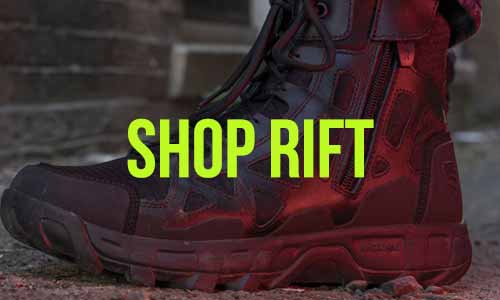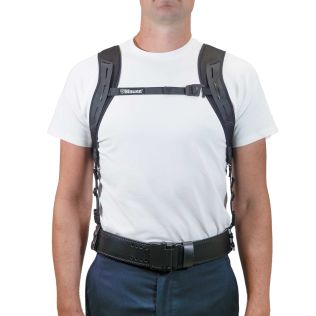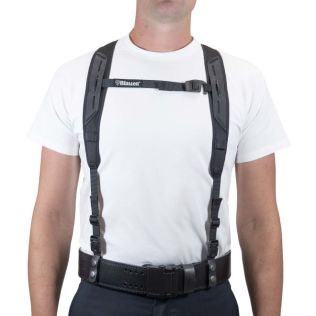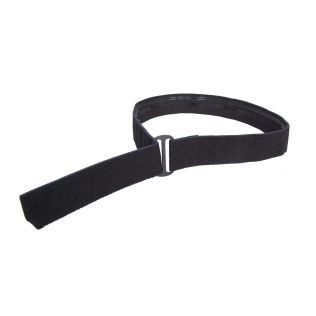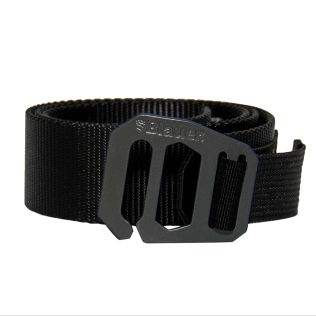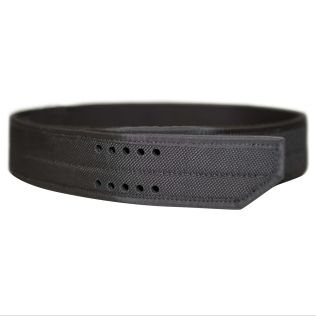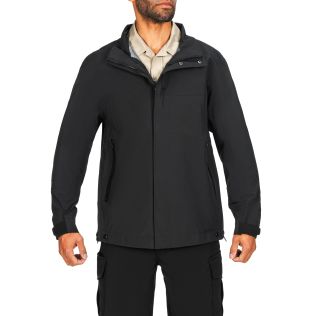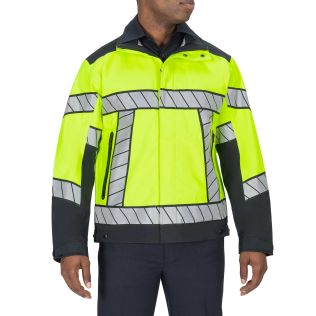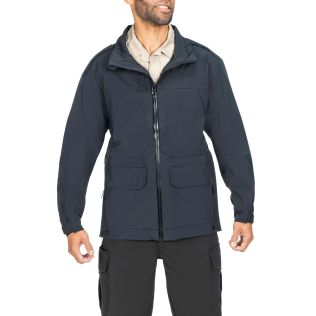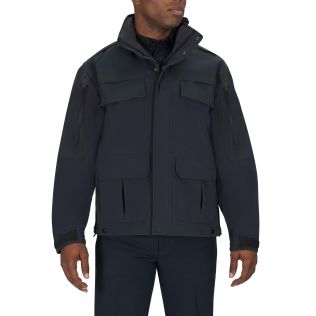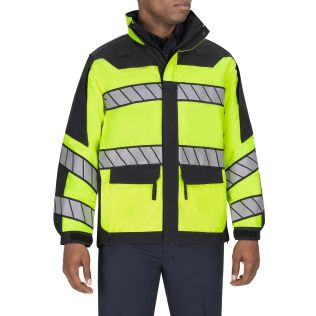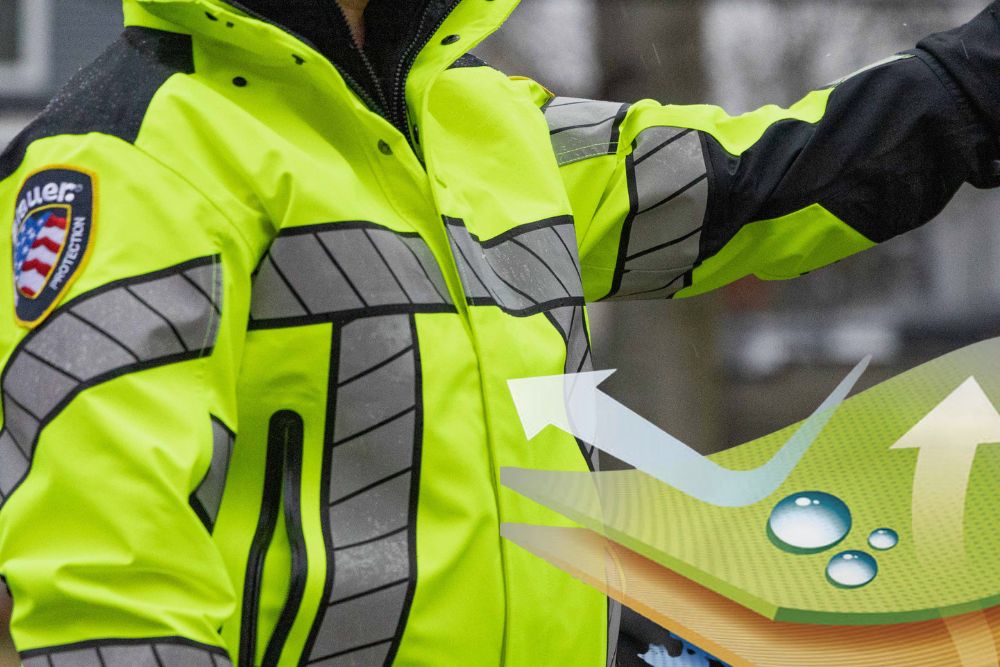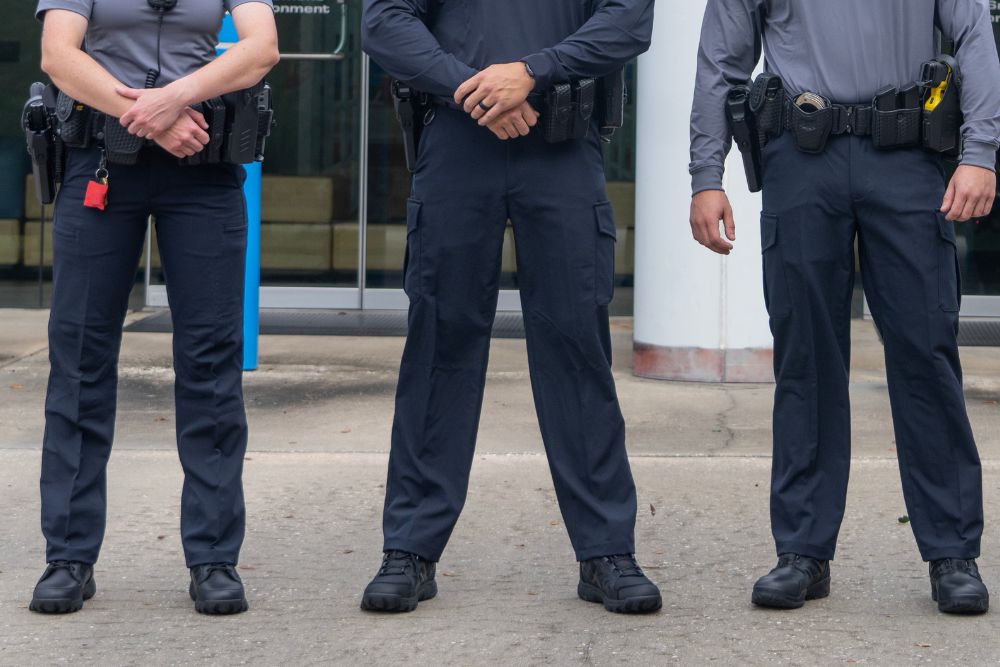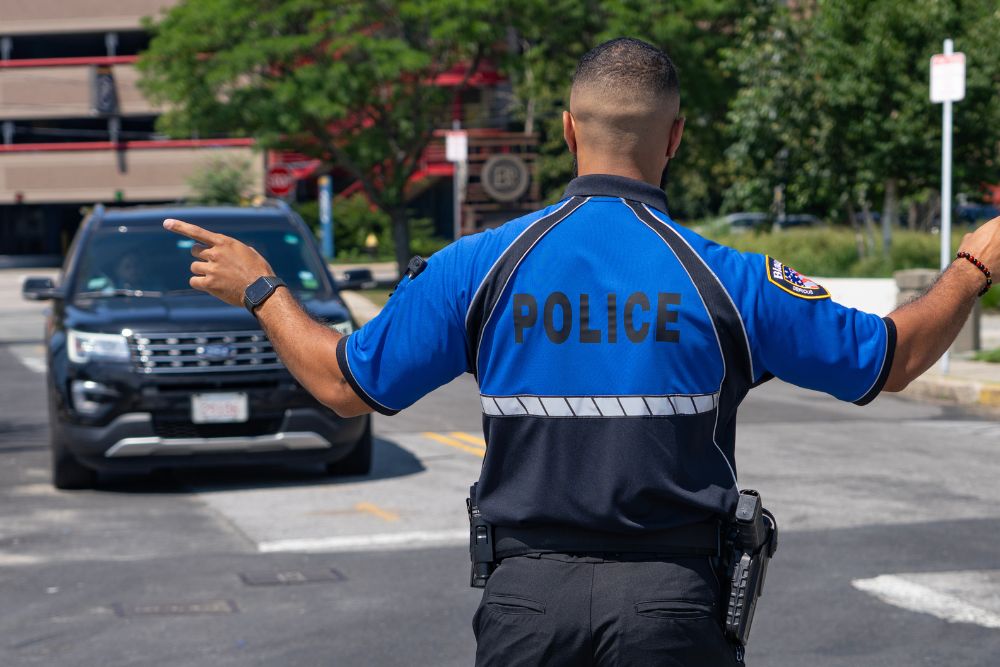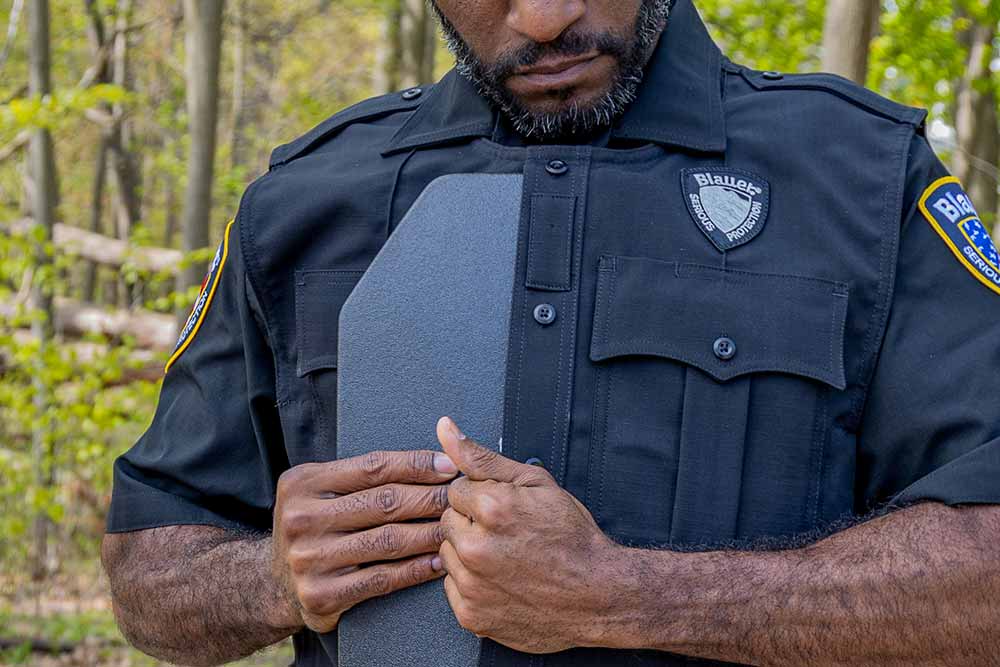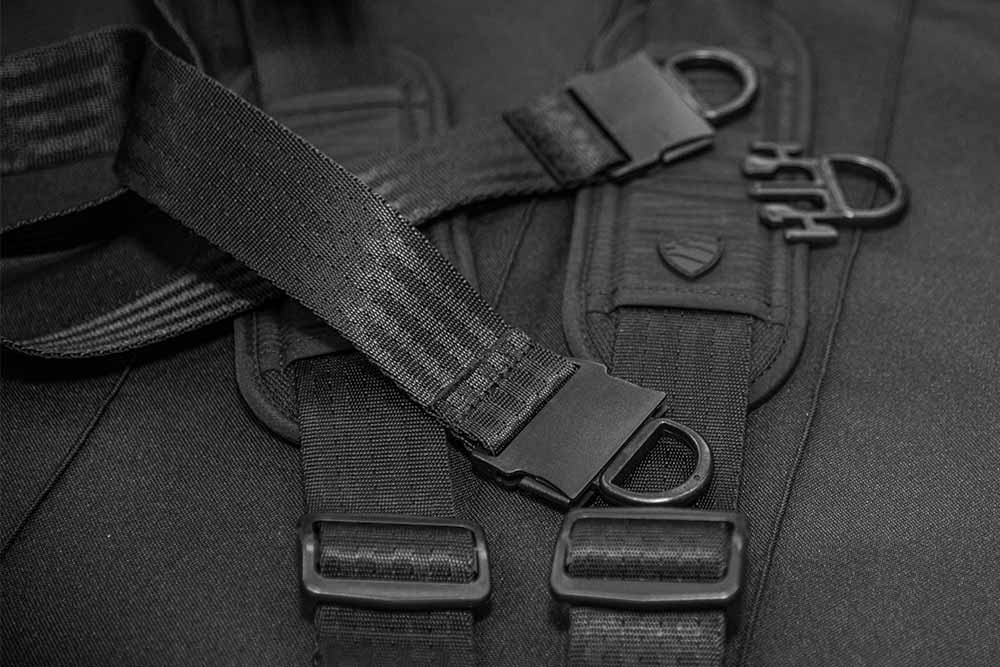


After a few years of toting a duty belt and driving a cruiser, you start to feel it. The workout routine helps, as does the constant shifting and movement of the belt when standing. Still, the job is taking a toll on your low back and posture. Maybe you saw a chiropractor or you tried physical therapy to get some relief, and maybe it worked for a while. But after a long detail of mostly standing, you start wondering how many years you have left.


What causes police back injuries?
Why do so many law officers have bad backs? It’s a combination of stress of the job, equipment load, odd shapes of the gear and its holders, and postural changes caused by driving for hours at a time wearing the gear. For visual reference, we like to refer to this Youtube video created by Dr. Ian Rassel of Corrective Spinal Care of California, who has treated many police officers’ injuries and discusses the impact of the weight of a regular duty belt to the spinal curve.
What is the best duty belt setup?

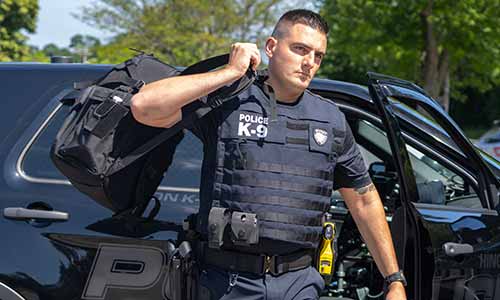
The best Police Duty Belt
There are typically at least six layers of material between your waist and your weapon: underwear, t-shirt, uniform shirt, trouser waistband, keeper belt, duty belt, and holster. While the clothing layers—underwear, shirts, and trousers— may naturally conform to the shape of your hips, the rigid keeper belts, duty belts, and the gear they hold do not. Human hips are naturally contoured, especially in women, yet modern keeper and duty belts made from layers of nylon, plastic, and synthetic leather remain stiff and unable to adapt to these curves. Even after years of wear, these belts fail to mold to the body’s shape.
For options that conform best to your shape instead of digging into your sides, we recommend stretchy keeper belts, full grain leather belts, or contour cut duty belts. Blauer first responder belts are made of either nylon or polyester, two materials that are known for being light but strong, manufactured in multiple widths and stiffness levels to fit your equipment and physical needs.


Duty Belt Suspenders
In the past, military best practices tried to balance the load soldiers bear evenly between the hips and the shoulders; 50/50/50/50 hips to shoulders, front to back. Law officers cannot do this perfectly as most of the gear is on the sides and front of the hips and very few officers support any weight on their shoulders. This is where support systems such as duty belt suspenders come in. The goal of police duty belt suspenders is to transfer weight more evenly from the hips to the shoulders so not just the lower back bears the weight of your belt gear.
If you’re considering wearing suspenders, which we highly recommend for long term support and pain reduction, but are concerned about it getting in the way of your uniform, we recommend taking advantage of uniform systems such as Armorskin® which features base shirts, suspenders, uniform shirts, and vest carriers that build in to each. Outer carriers for the vests or small slits added to uniform shirts make it simple and easy to wear suspenders designed to connect to your belt keepers. In the compatible Armorskin Suspenders, nylon straps evenly distribute the load of your equipment belt between the hips, shoulders, front and rear allowing you to wear your belt looser, improving circulation and eliminating nerve pinching.
Back pain is a complex problem and there is no simple solution. However, we are approaching a time where a majority of the younger law officers joining the force can prevent back issues during their careers. Veteran officers can find relief and maybe hold off retirement a few more years if they are willing to take a few minutes to think about their gear and habits.
Shop Blauer Belts + Suspenders
Top Selling Outer Shell Jackets
